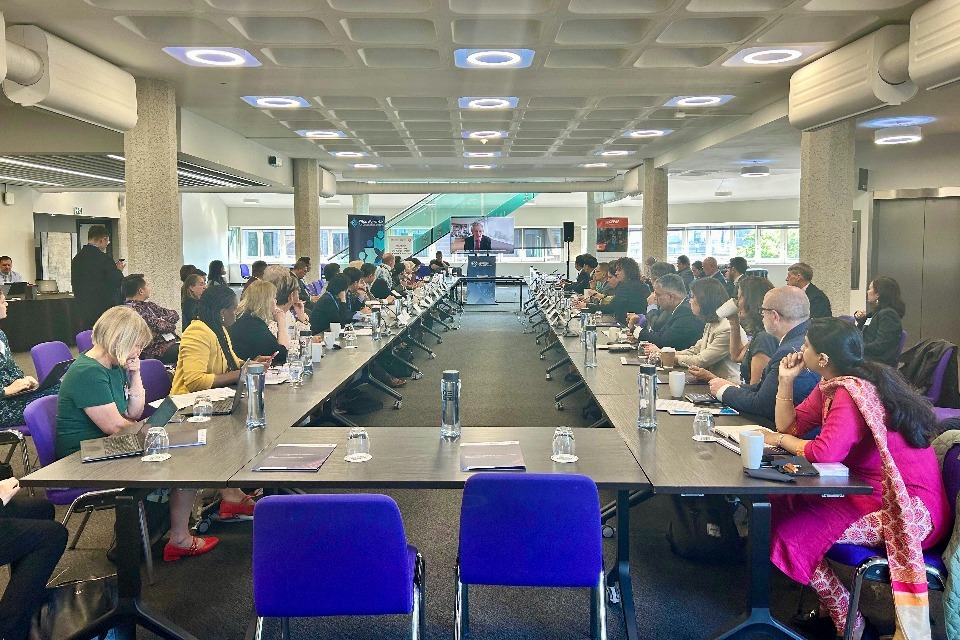Can ASEAN build a sustainable data centre future? Malaysian legal lessons may offer a wake-up call
Southeast Asia is embracing a digital revolution. With the meteoric rise of artificial intelligence, e-commerce, and cloud computing, the region is now home to some of the most ambitious data centre developments in the world.
But while digital technology is transforming Southeast Asia’s economy, ASEAN’s legal and regulatory systems remain stuck in the pre-digital era.
This raises a critical question: Can ASEAN truly build a sustainable, resilient data centre industry without modernising its laws?
Malaysia offers a vivid case in point. In 2024, Malaysia attracted more than US$23.3 billion in data centre investments from Microsoft, Google, and Amazon Web Services.
These investments are seen as driving Malaysia’s modern digital economy. This new development is set to place Malaysia firmly in place as Southeast Asia’s tech hub. However, while the infrastructure may be cutting-edge, the laws behind it are far from ready.

Here where the problems lie:
–which governs zoning, land use planning, land administration and registration, was drafted in a time when the concept of data centres didn’t even exist – The law gives state and land authorities greater power than the planning authority over conditions and restrictions.
gives local planning authorities wide control, even over the technical professional agencies such as the Department of Environment, Department of Public Works, Department of Irrigation and Drainage and Department of Mineral and Geoscience creating approval bottlenecks and confusion for developers. Bypassing the process can result in fines or demolition.
This law needs a revision to better reflect today’s planning priorities and public needs. Today, investors may encounter regulatory challenges in Johor, as evidenced by the state’s recent rejection of nearly 30% of data centre applications to conserve water and electricity.
are critical for large-scale developments, including data centres which have potential environmental impact. While enforcement is generally consistent, challenges can arise in ensuring compliance across all projects due to weak oversight and different standards or interpretations from one state to another in Malaysia.
to be sustainable and operationally safe. Ongoing commitments to modernise these regulations cater to the evolving needs of contemporary infrastructure, public needs and national aspirations.
5. The Planning Guidelines for Data Centres introduced in 2024 to address the environmental shortcomings, provide clearer direction on land use, energy, and water requirements– but they remain advisory and are not legally binding.
Worse still, it cannot overcome the country’s dual governance structure, where federal and state authorities often work in silos—especially on administrative matters—due to how powers are divided under the Federal Constitution. The conflicting legal environment has caused uncertainty for investors, bottlenecks for regulators and developers, and extra economic costs.
For the public, this can mean slower progress in building digital infrastructure, which affects internet speed, access to services, and job opportunities in the tech industry.
Other ASEAN countries face similar problems. Indonesia, Thailand, and the Philippines struggle with fragmented regulations, outdated zoning laws, and weak environmental oversight.
This concern is highlighted in the ASEAN Digital Masterplan 2025, which warns that without legal and regulatory reform, ASEAN could fall behind in the global digital race. Similarly, the ASEAN Economic Community Blueprint 2025 calls for predictable, transparent, and harmonised regulations to attract infrastructure investments. Yet progress has been glacial.
The ASEAN Smart Cities Framework also calls for more sustainable digital infrastructure. It urges member states to break down bureaucratic silos by adopting cross-sector governance models.
The ASEAN Environmental Rights Framework is starting to promote environmental fairness in infrastructure planning—including data centres.
But these regional policies will only work if member states are fully committed to enforcing them. Without this, they remain aspirational rather than actionable.

Singapore has enforced sustainability through its Code for Environmental Sustainability of Buildings, adapting cooling systems to tropical climates.
Meanwhile, Abu Dhabi uses the Estidama Pearl Rating System, ensuring high energy and water efficiency in all large-scale developments.
These examples show that sustainable data centres are possible—but only with clear rules, strong enforcement, and cooperation across all levels of government.
So, what can ASEAN do?
First, ASEAN should align its laws on land administration, planning, environment, and construction to make it easier for data systems to connect across borders and attract international investment. This would help ASEAN move closer to the goals set in the ASEAN Digital Masterplan 2025 and the ASEAN Economic Community Blueprint.
Second, countries like Malaysia and Indonesia need better coordination between federal/central, state and local governments to accelerate land approvals and give investors more clarity.
Third, ASEAN could create shared sustainability standards for data centres, linking them to its land use planning and environmental rights goals and aligning them with global ESG benchmarks.
Data centres are fast becoming the beating heart of ASEAN’s digital economy. But this heart cannot be supported by legal frameworks that belong to a bygone era. If ASEAN wants a truly sustainable digital future, it needs laws that balance growth, environmental concerns, and public interests.
If ASEAN learns from Malaysia’s experience, it could become a global model for smart, sustainable digital infrastructure. But ignoring these lessons could lead to long-term costs—for its people, investors, and the environment.












